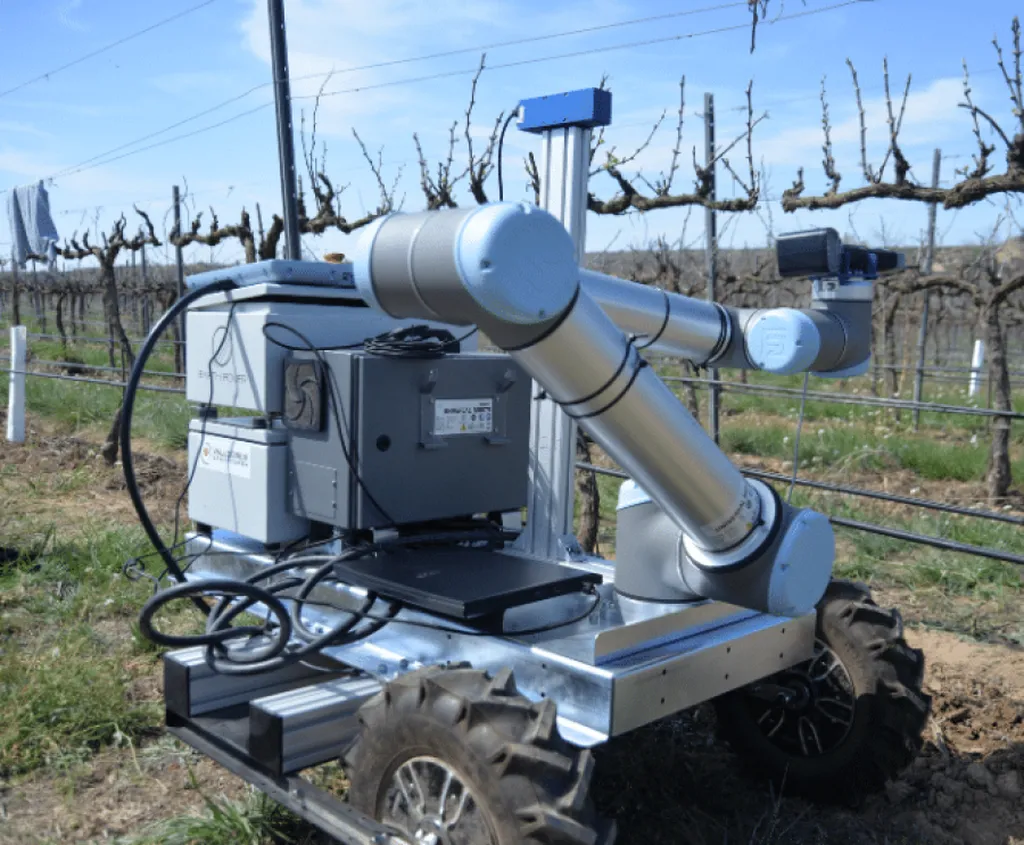In the heart of Italy’s agricultural innovation, a groundbreaking study led by Alessandro Navone from the Politecnico di Torino is reshaping the future of orchard and vineyard management. Navone, affiliated with the Department of Electronics and Telecommunications and the PIC4SeR (Politecnico di Torino Interdepartmental Center for Service Robotics), has published a comprehensive review in *Smart Agricultural Technology* (translated as *Intelligent Agricultural Technology*), shedding light on the transformative potential of autonomous robotic pruning.
The study, which examines research published between 2014 and 2024, highlights the critical need for advanced robotic solutions in agriculture. Manual pruning, a labor-intensive task, accounts for up to 25% of annual labor costs in fruit production, particularly in apple orchards and vineyards. Traditional mechanization has struggled to meet the operational challenges and cost constraints of these environments, paving the way for compact, flexible robotic platforms.
Navone’s review delves into the latest advancements in machine vision, perception, plant skeletonization, and control strategies, areas significantly influenced by artificial intelligence and machine learning. “The integration of AI and machine learning has been a game-changer,” Navone explains. “These technologies enable robots to perform precise pruning in varied terrains, addressing the diverse needs of different fruit species such as apples, grapes, and cherries.”
The research underscores the broader agricultural challenges, including rising labor costs and a decline in the number of young farmers. By comparing various robotic architectures and methodologies, the study not only highlights progress but also identifies critical open challenges and future research directions. “Robotic systems have the potential to bridge the gap between manual and mechanized operations,” Navone notes. “This could lead to more efficient, sustainable, and precise agricultural practices.”
The implications for the agricultural sector are profound. Autonomous robotic pruning could significantly reduce labor costs, enhance productivity, and improve the quality of fruit production. As the global demand for food continues to rise, such innovations are crucial for meeting these challenges sustainably.
Navone’s work, published in *Smart Agricultural Technology*, serves as a beacon for future developments in the field. By addressing the current limitations and exploring new possibilities, this research paves the way for a more technologically advanced and sustainable agricultural future. The study not only highlights the progress made but also sets the stage for further innovation, ensuring that the agricultural sector remains at the forefront of technological advancement.
As the world grapples with the challenges of climate change and food security, Navone’s insights offer a glimpse into a future where technology and agriculture converge to create a more resilient and efficient food system. The journey towards autonomous robotic pruning is just beginning, and the potential it holds is immense.

